According to the reporter's records, on the morning of July 20, Cua Lo beach area still welcomed a large number of visitors, stretching from the North to the South coast. However, due to the impact of the storm circulation, the waves began to show signs of getting stronger, especially between 7am and 9am. Some tourists, due to subjectivity or lack of attention, still bathed quite far from shore, forcing the rescue team to operate continuously, not allowing for even a moment of negligence.
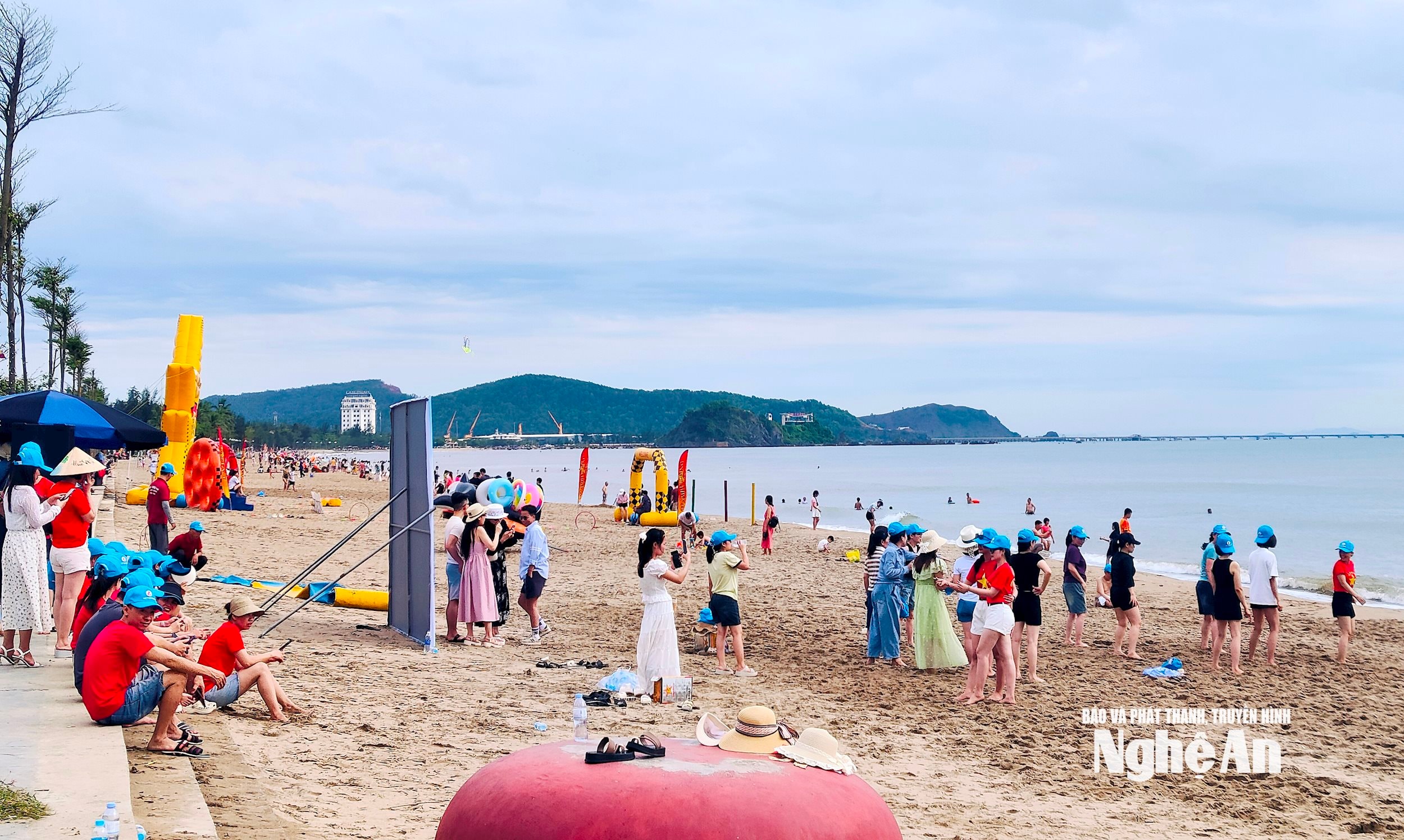
Mr. Le Van Thiet - an officer of the Rescue and Disaster Prevention Center of Cua Lo Ward, said: "Faced with the impact of storm No. 3, we determined that we could not be subjective. All forces have been mobilized 100%, divided into small groups to patrol along the beach. One group monitors from above, one group uses a canoe to patrol far from shore, and one group walks along the beach to remind and intervene when necessary."
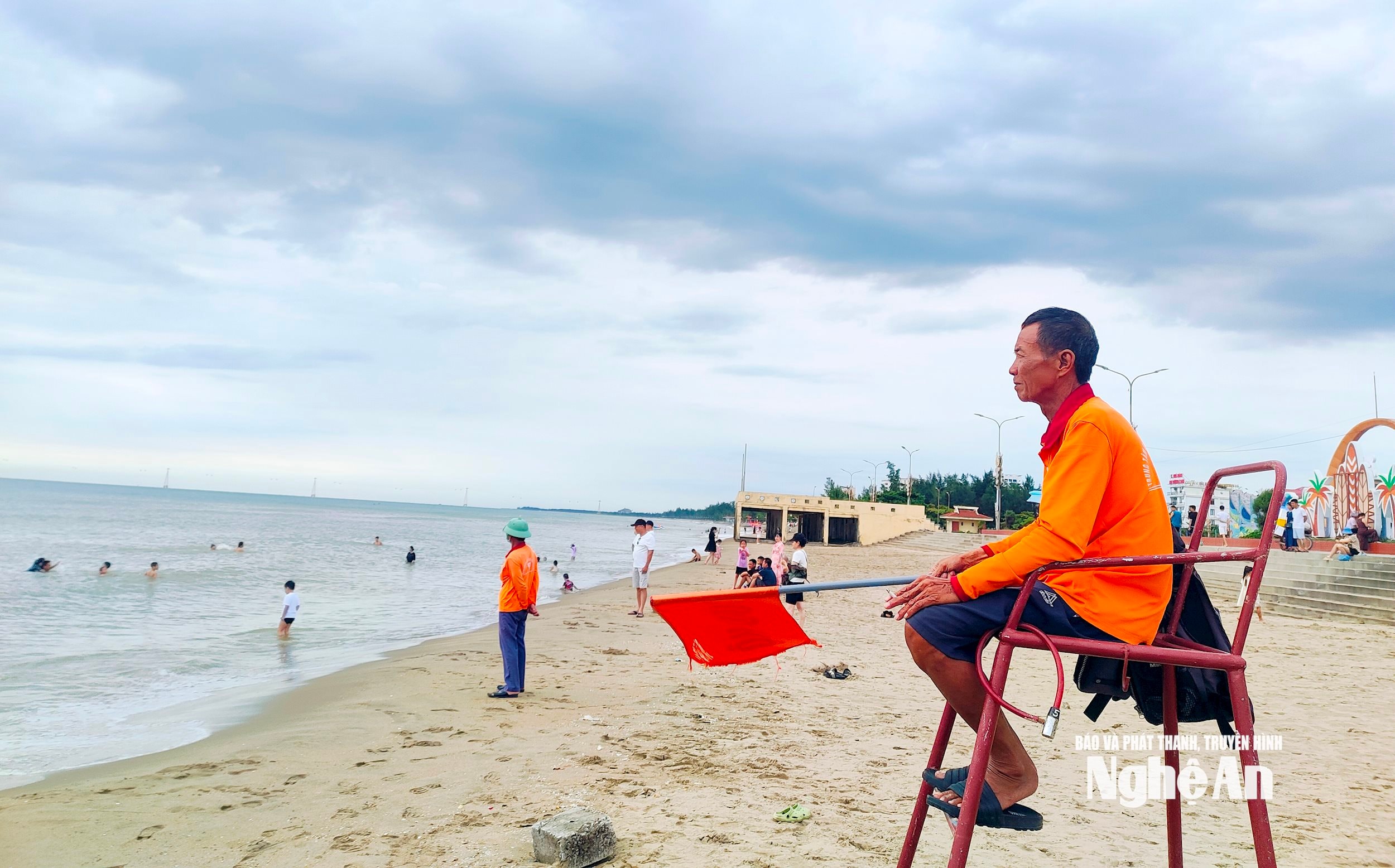
This model of assigning tasks to specialized teams has been effective in large-scale surveillance. In particular, the combination of aerial surveillance and underwater patrols allows for early detection of dangerous behaviors such as swimming beyond limits, gathering far from shore, or children without adult supervision. “We regularly issue warnings via loudspeakers, use sirens, and red flags in areas with large waves and whirlpools,” Thiet added.
Since the night of July 19, there have been thunderstorms, strong winds and lightning in Cua Lo. Although there has been no ban on swimming, according to Mr. Tran Tuan Anh - Director of the Cua Lo Ward Disaster Prevention and Rescue Center, weather monitoring is continuously updated by the Provincial Disaster Prevention Command and the Hydrometeorological Forecasting Center to have timely plans.
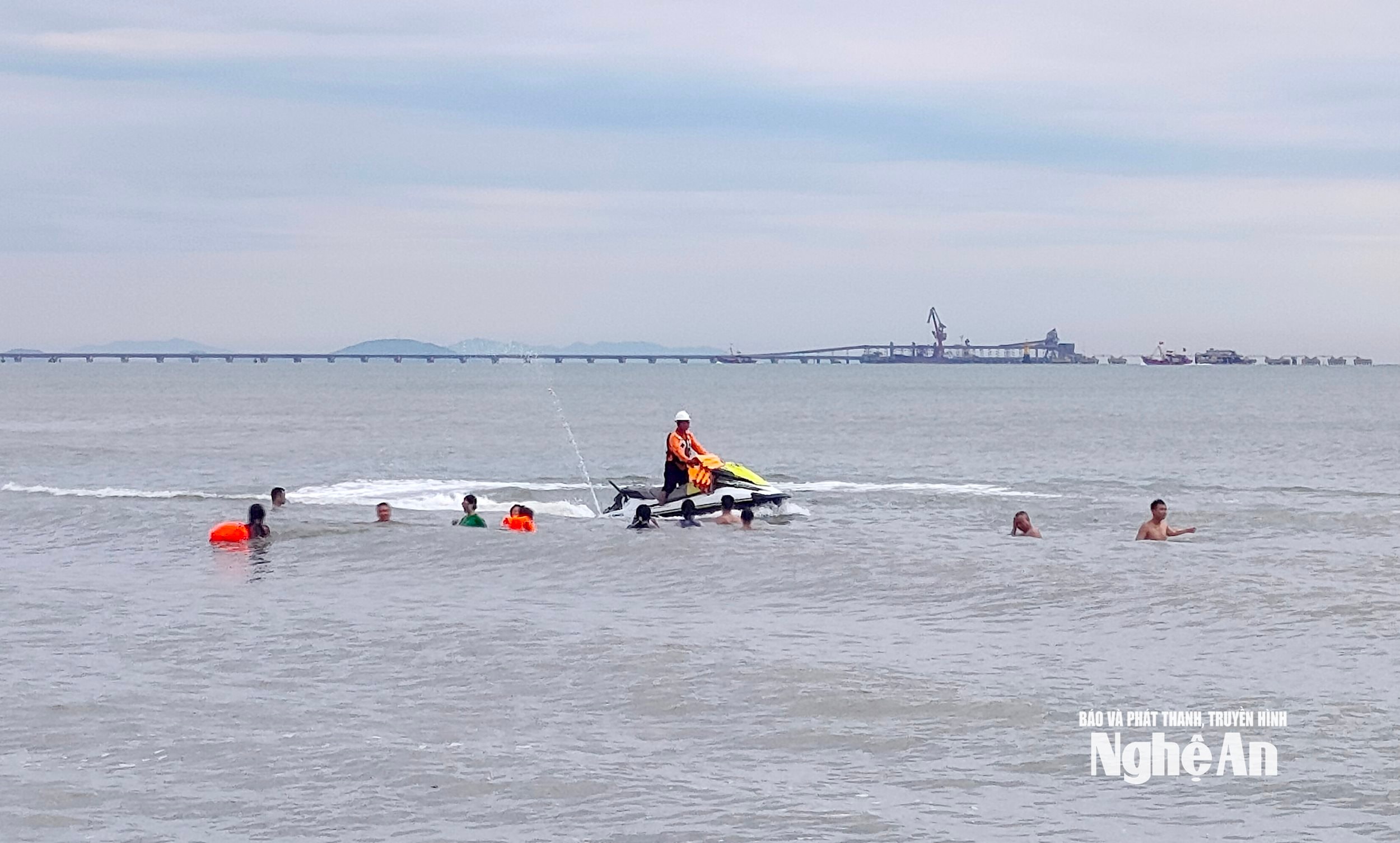
“We have not banned swimming, but we have advised tourists not to swim too far from shore, avoid areas with big waves, and pay attention to announcements from rescue forces. After the heartbreaking incident in Quang Ninh yesterday, no one is allowed to be subjective,” Mr. Tuan Anh emphasized.
Information work has also been enhanced through loudspeaker systems, warning signs and rules boards along the beach. In addition, local authorities have called on residents and tourists to raise awareness of self-protection, strictly follow the instructions of rescue forces, and not go into the sea when there is a bad warning.
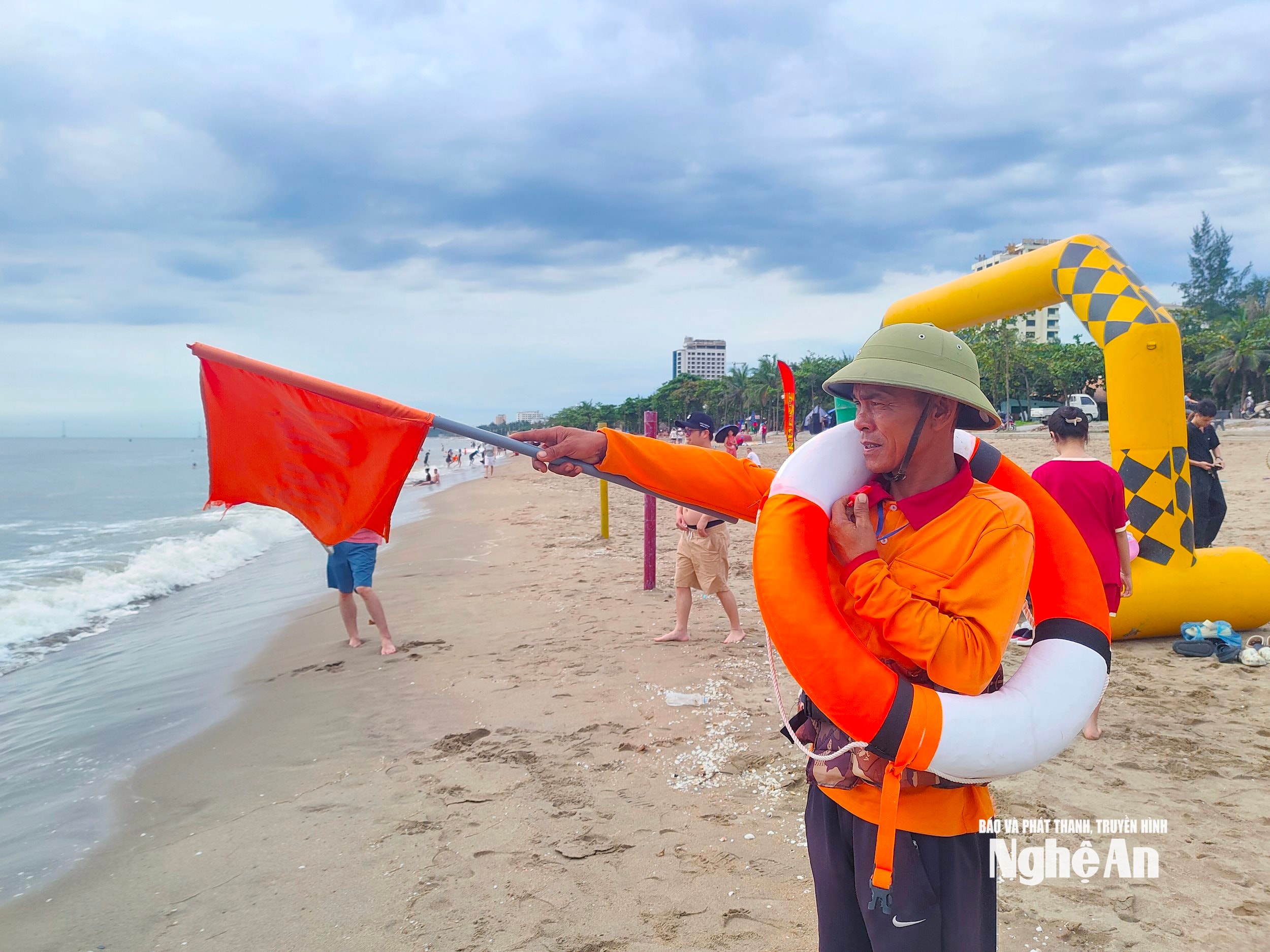
Storm No. 3 is moving quickly and complexly. Although the storm's eye does not directly affect the sea of Nghe An , the storm's circulation can cause heavy rain, strong winds and the risk of unusually high waves in the coming days. Therefore, residents and tourists are not allowed to be subjective when swimming in the sea.
Previously, on June 14, 2025, due to the impact of storm No. 1, more than 20 people swimming at Cua Lo beach were suddenly swept into deep lagoons. As soon as the incident was discovered, the rescue force at Cua Lo beach quickly deployed to respond, coordinating with local people to successfully bring the victims ashore for first aid, without any unfortunate incidents occurring.
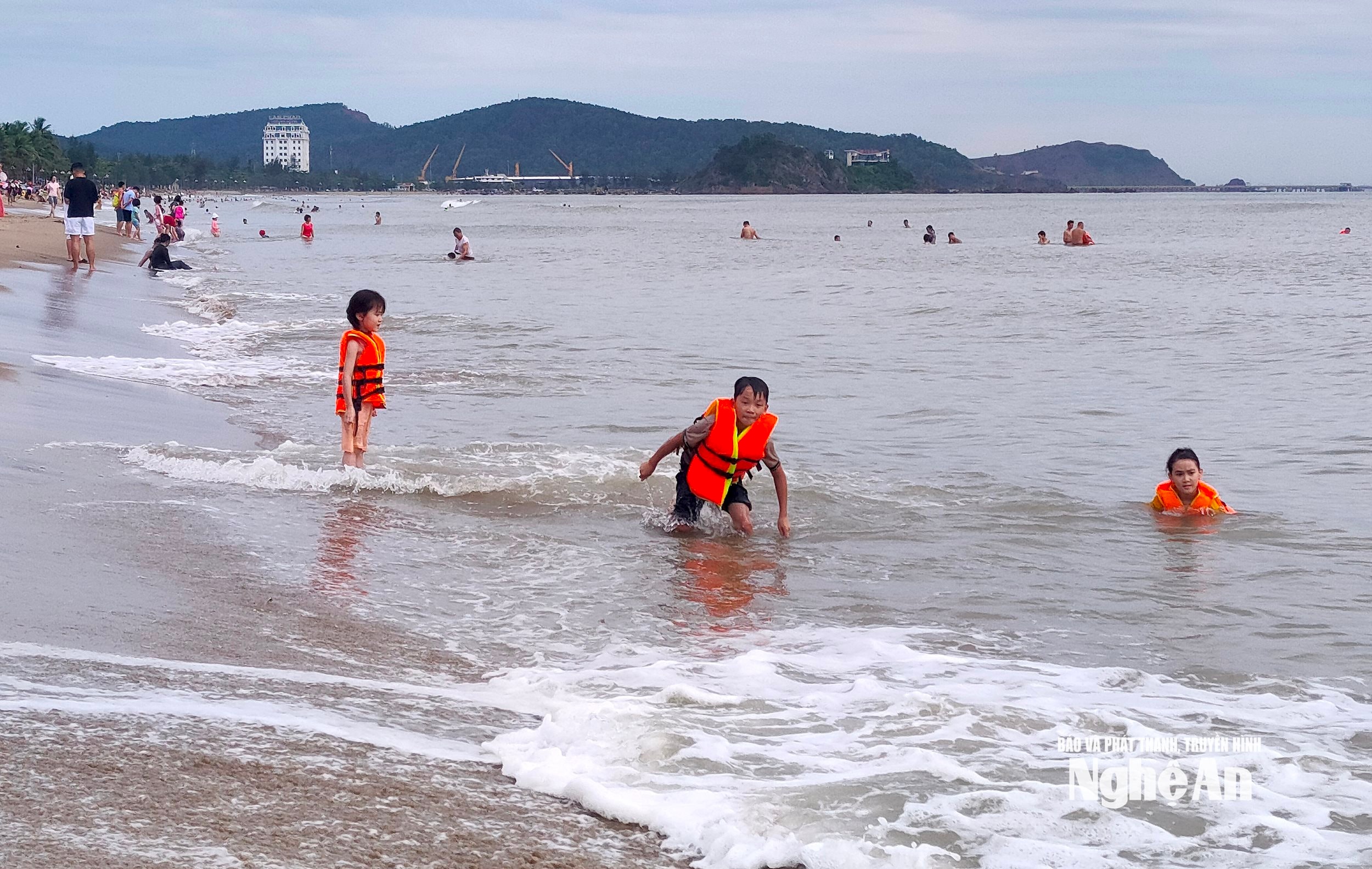
To protect the safety of residents and tourists, authorities have also advised people not to swim in the sea:
When the sea is rough, the waves are big or there are strong waves: When you see big waves, the sea water turns murky due to mud and sand being washed up, or there is a strong sea wind (easily distinguished by the white rolling waves), you should absolutely not go into the water because the risk of strong currents and reverse waves will be very high.
Strong tidal fluctuations (rapid rising or falling tides): The period of strong tidal changes during the day (usually twice/24 hours) is when the currents are strong, which can pull bathers away; it is necessary to ask the lifeguard clearly before entering the water.
Locations near small streams and canals flowing into the sea: Many points adjacent to rivers and canals may have strong currents; swimming right at the river mouth or canal mouth is very dangerous.
After heavy rain or high tide: The sea flows strongly and is turbid due to washed away sand and soil, the risk of underwater eddies increases, easily causing swimmers to lose their bearings.
Time to swim in the sea is early morning or late afternoon (dusk): Weak light, difficult to observe unusual waves, increased risk; avoid swimming alone during this time.
Areas without lifeguards: Choose beaches with professional lifeguards and signs with green, yellow and red flags; avoid beaches without lifeguards or with signs with red flags prohibiting swimming.
Always swim under the supervision of an experienced person and a lifeguard. Do not swim after a full meal or while drinking alcohol.
When caught in a whirlpool, do not swim against it, but calmly follow the flow and swim diagonally out.
Always respect maritime signals and obey lifeguard instructions.
Source: https://baonghean.vn/luc-luong-cuu-ho-phuong-cua-lo-tuc-truc-24-24h-de-giam-sat-va-dua-ra-nhieu-khuyen-cao-nham-bao-dam-an-toan-cho-du-khach-10302683.html



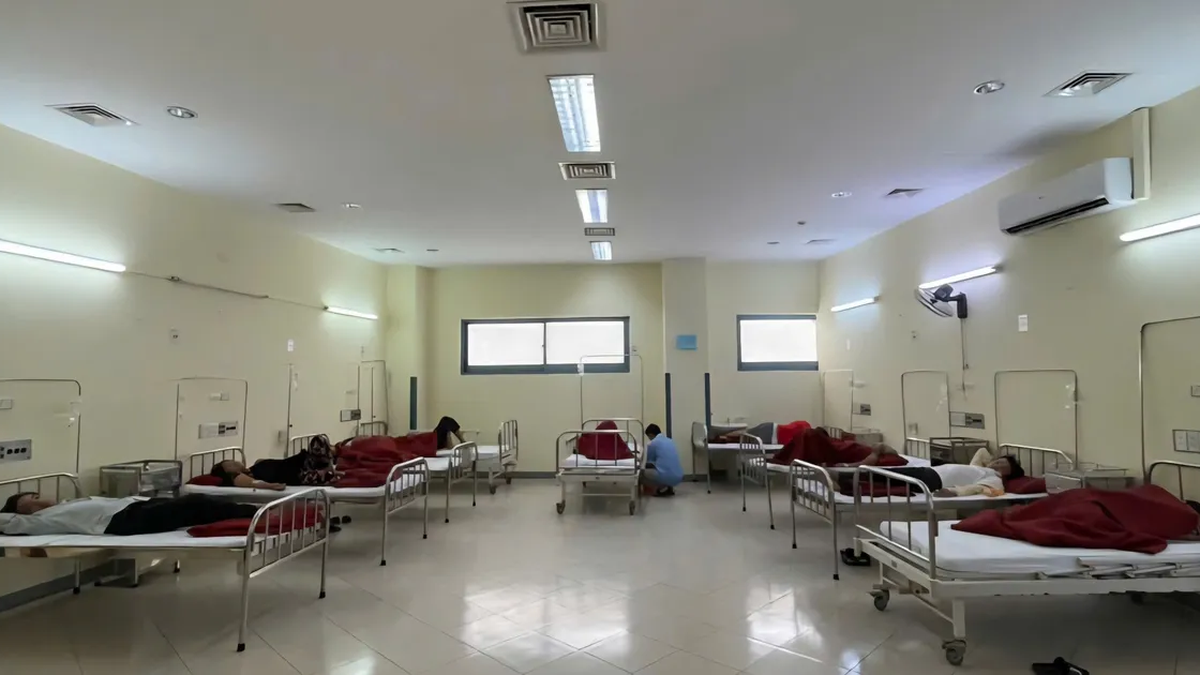

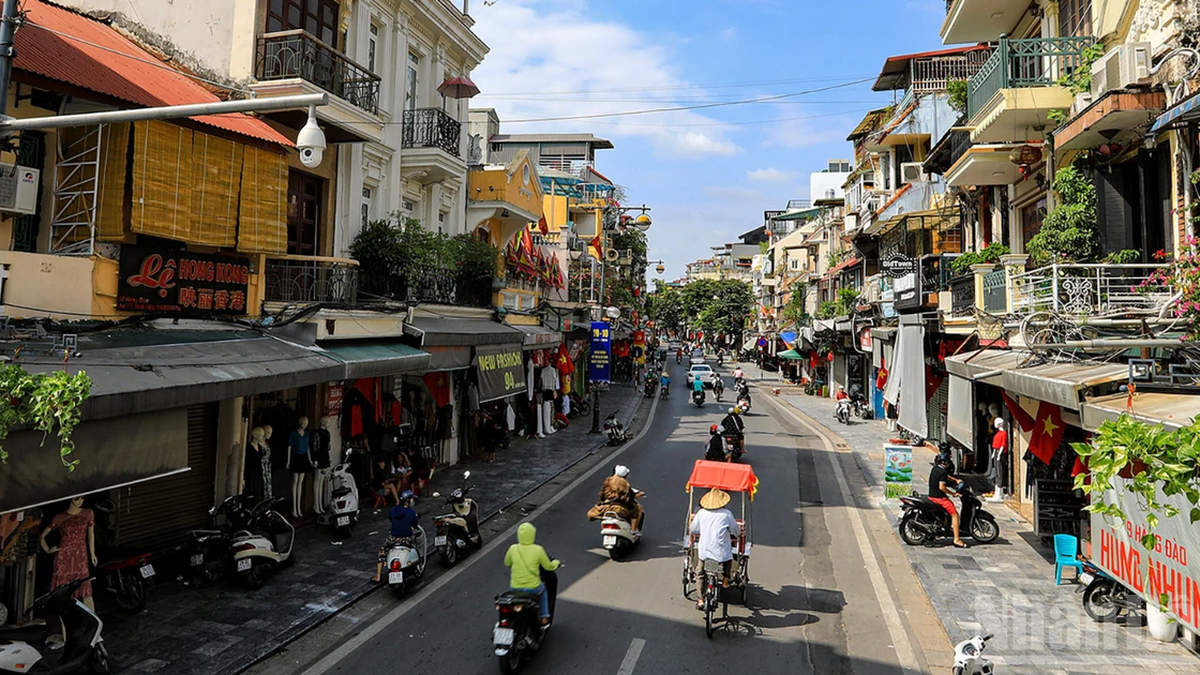



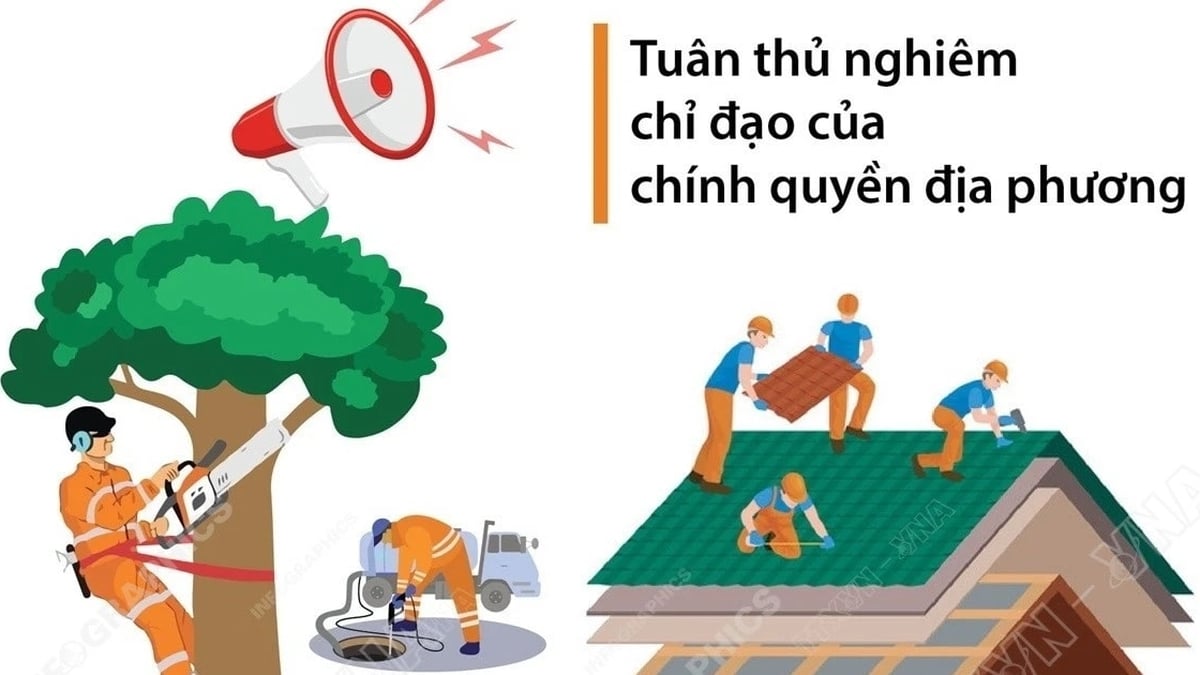

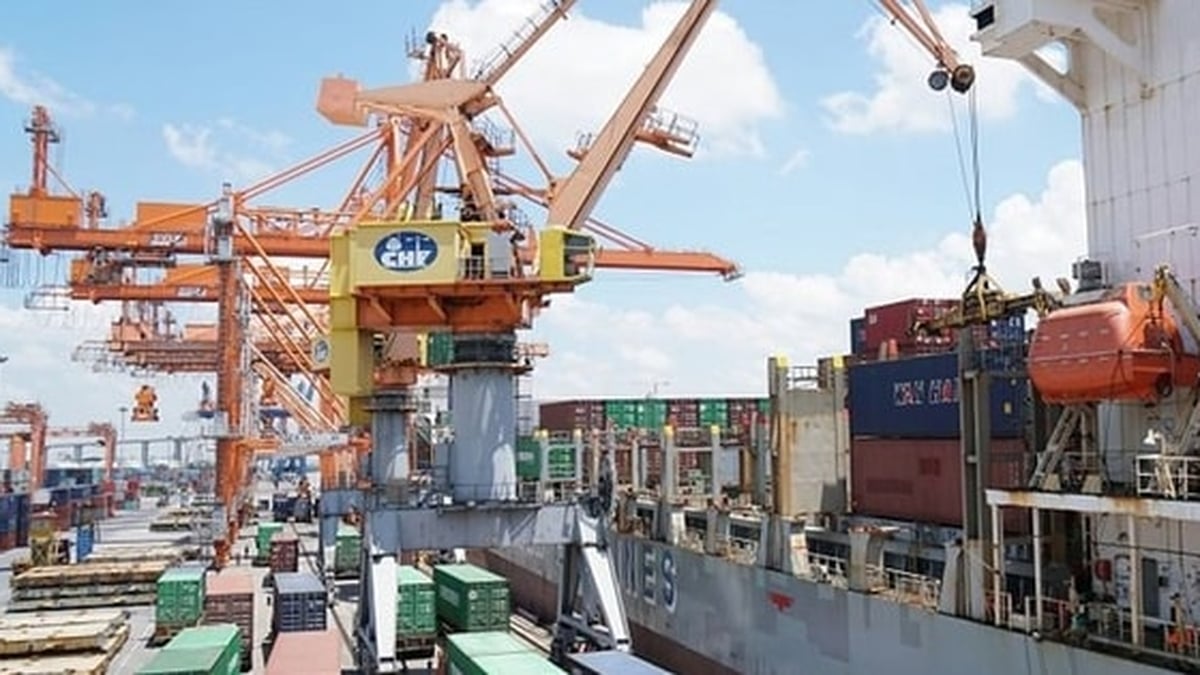












![[Photo] National Assembly Chairman Tran Thanh Man visits Vietnamese Heroic Mother Ta Thi Tran](https://vphoto.vietnam.vn/thumb/1200x675/vietnam/resource/IMAGE/2025/7/20/765c0bd057dd44ad83ab89fe0255b783)




































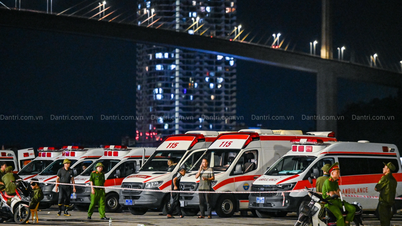
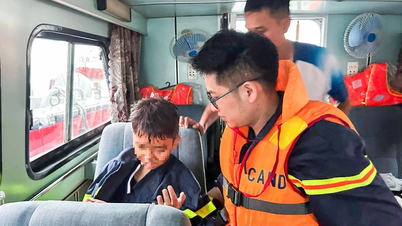


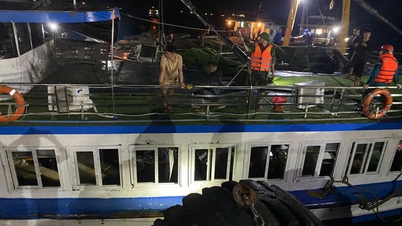
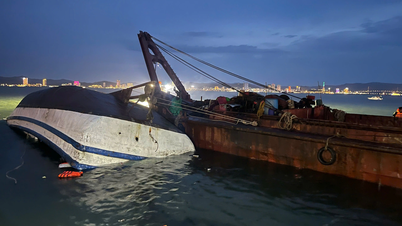
































Comment (0)